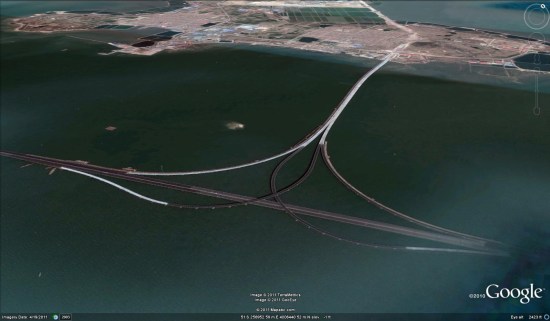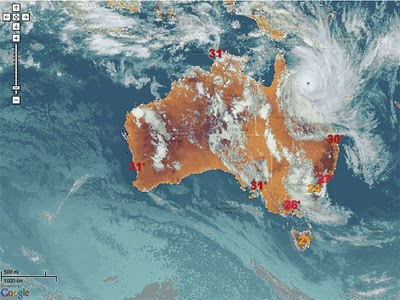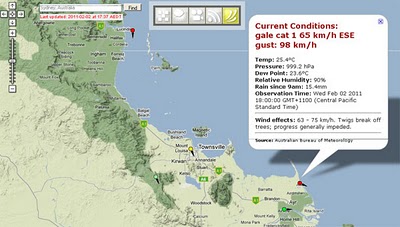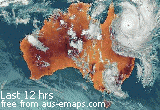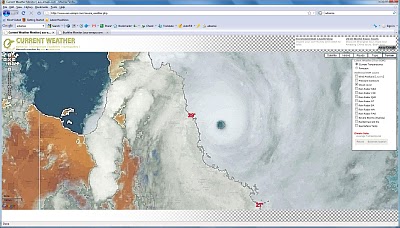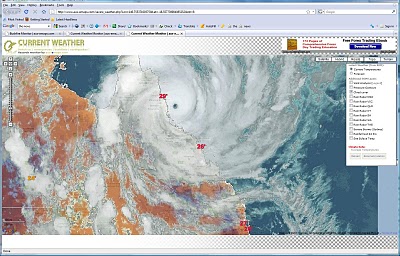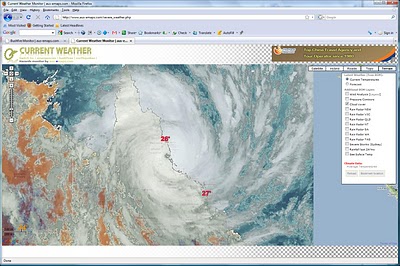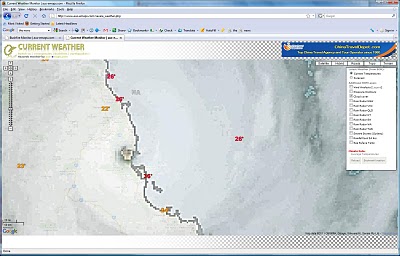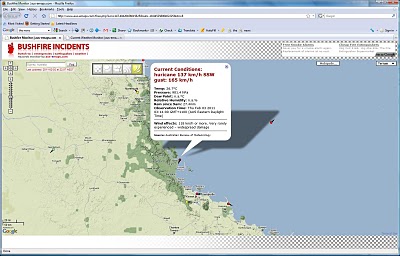Several weeks ago we shared an update about the introduction of usage limits to the Google Maps API. Today I’d like to provide additional details about these limits, the types of sites that may be affected, and as promised, equip you with the means for measuring your site’s Maps API usage.
Usage limits and affected sites
Usage limits are being introduced to secure the long term future of the Maps API, while minimising the impact on developers. We have purposefully set the usage limits as high as possible – at 25,000 map loads per day – to minimise the number of affected developers, while ensuring that the service remains viable going forward. Based on current usage, only the top 0.35% of sites will be affected by these limits, meaning that the Google Maps API will remain free for the vast majority of sites.
We recognise that sites may occasionally experience spikes in traffic that cause them to exceed the daily usage limits for a short period of time. For example, a media site that uses a map to illustrate a breaking news story, or a map-based data visualization that goes viral across social networks, may start to generate higher traffic volumes. In order to accommodate such bursts in popularity, we will only enforce the usage limits on sites that exceed them for 90 consecutive days. Once that criteria is met, the limits will be enforced on the site from that point onwards, and all subsequent excess usage will cause the site to incur charges.
Please be aware that Maps API applications developed by non-profit organisations, applications deemed by Google to be in the public interest, and applications based in countries where we do not support Google Checkout transactions or offer Maps API Premier are exempt from these usage limits. We will publish a process by which sites can apply for an exemption on the basis of the above criteria prior to enforcement of the limits commencing. Non-profit organizations are also encouraged to apply for a Google Earth Outreach grant, which provides all the additional benefits of a full Maps API Premier license.
Evaluating API usage by your site
To help you measure your site’s Maps API usage, we have now added the Maps API to the Google APIs Console. The Google APIs Console is a centralised dashboard for Google’s developer offerings, and we encourage all developers, no matter how big or small your application, to create an APIs Console account.
We are initially introducing the limits for Maps API v2 and Maps API v3 map loads. The Maps Image APIs, and differentiated pricing and limits for Maps API v3 Styled Maps, are not currently included in the APIs Console, but will be added in the future. Once you’ve created an APIs Console account, please follow the instructions in the Maps API documentation to enable Maps API v2 or Maps API v3 on your APIs Console Project, and update your application to provide your APIs Console key when loading the Maps API.
After updating your Maps API application, you will begin to see your usage reported in the APIs Console.
via: GoogleGeoDevelopers
